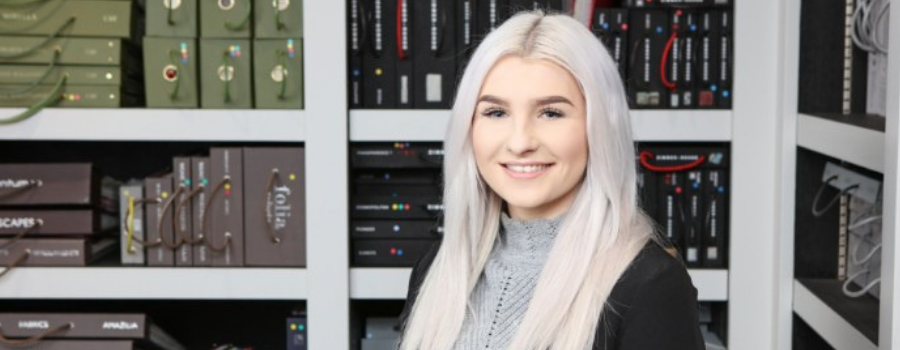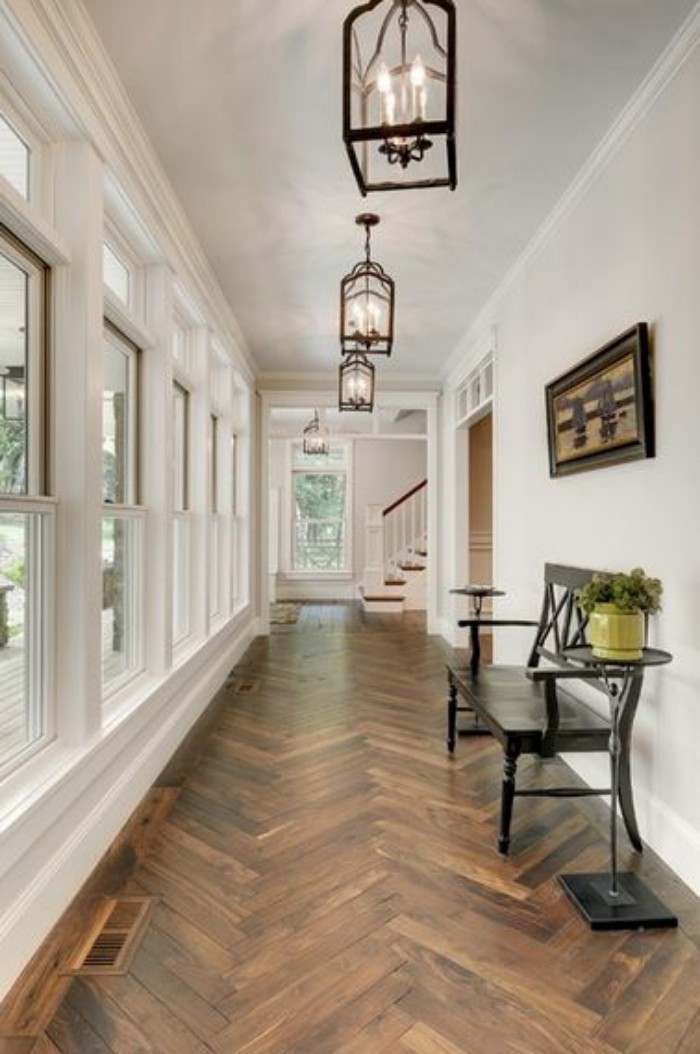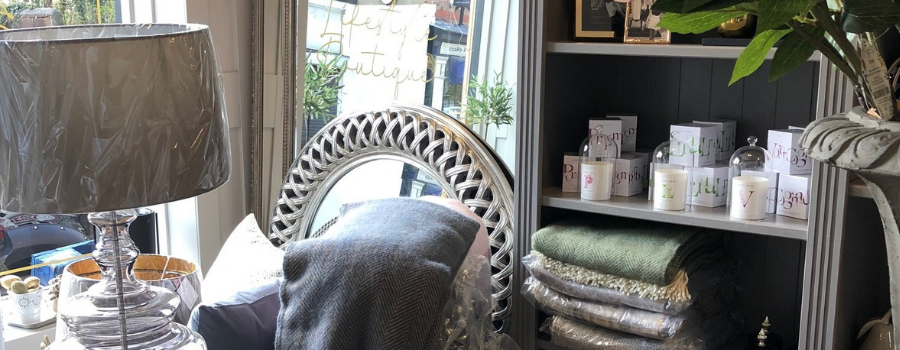A 21-year-old interior design student based in Heswall is using her skills to help people who have been diagnosed with dementia.
Hannah Martin, from Liverpool, who is in her final year of an Interior Design degree at The University of Huddersfield, was inspired after working on her final year project about designing dementia friendly spaces and seeing a family member struggle with the disease.
Dementia is an umbrella term for a number of progressive conditions that affect the brain, which include Alzheimer’s disease and vascular dementia. It can affect a person at any age and there are more than 850,000 people living with dementia in the UK. This is set to rise to over one million by 2021.

Hannah is on a placement year at Heswall’s interior design company Kettle Design, and is now helping to advise clients on how to make a home dementia friendly. She will join the company full time when she graduates this summer.
Hannah said: “My final year project has focused all around creating dementia friendly spaces in the home. As part of my research, I’ve visited a number of dementia care homes, talked to nurses and also spent time with dementia patients and their families.
“The disease can progress rapidly and make walking difficult for patients, who may even have to use a wheelchair. So something as familiar as a home setting can become a bewildering and frightening place.
“It can also become a huge hazard for them if it has not been designed well. That’s why it’s so important to rethink the space to ensure that it is as comfortable as possible for them and also their families and carers.
“I wanted to use my interior design skills to design a dementia friendly space to help other people in their homes to make their life easier.
“There are big structural changes such as installing a lift, adding disability access ramps, putting rails around the house and making a disabled bathroom. But there are lots of little clever interior design solutions that can help too, from considering what colours are used in the home to affect their mood to avoiding dark surfaces on the floor which can look like a hole to someone with dementia.
“People with dementia are the same people they were before they developed the condition with the same hearts. It’s just their minds aren’t completely there anymore. We need to do more to help them.”
Here are Hannah’s tips for a dementia friendly home:
Think about colour
Try and ensure that colours are pleasing to the eye as colours can have a big impact on the mood of someone with dementia. Reds are usually associated with danger, but for a dementia patient, red is stimulating and can be effectively used in an activity space to keep them motivated and mentally active. Blues, greens and violet tones are calming tones that are also aesthetically pleasing. They are good to use in a bedroom. Yellow tones are bright, warm and happy colours and suited to a kitchen or living room.
Embrace contrasts
Colours need to contract to ensure visibility within spaces. Contrasting walls and floors, tables and chairs, even sets of plates and bowls, ensures that everything is noticeable and recognisable as their eyesight and visibility decreases. Contrasting also helps people with dementia to become aware of their surroundings and know where to go. Contrast the colour of light switches with the wall, so they can be easily seen. You can also use contrasting colours for furniture but avoid stripes.
Be careful with flooring
Having one overall flooring surface is crucial in designing a dementia friendly interior. People with dementia are easily confused and distressed. Having one floor surface means they do not get muddled and think they are tripping or stepping on something they shouldn’t. A straight clean passageway through a space is important. Dark coloured floors should always be avoided as dark surfaces on a floor or kitchen top can resemble a hole. Avoid shiny floors as they can look wet, blue floors can look like water while green floors can be confused for grassy surfaces. Keeping a natural coloured surface such as wooden floor is perfect.
Warm lighting
Lighting determines a space and the time of day, and having bright warm lights can create a safe and warm environment. People with dementia often become confused about what time of day it is so keeping a space bright – using brighter lightbulbs and dimmer switches – throughout the day is crucial to keeping them active and awake. By contrast, dark spaces can make them think it’s night time and make them sleepy. Check that curtains and blinds are not blocking any natural light from a room.
Consider signage
Signs are important to make people aware of different areas within a space. Try labelling doors and walls to help guide the person through a space and remind them of where they are. Have bold, effective signs and make sure they are at eye-level height. You can also stick pictures on the front of cupboards to remind the person what is inside – for example, a picture of cutlery on the cutlery drawer, a picture of clothes on the door of a wardrobe.
Beware of mirrors
Mirrors can be upsetting to a person with dementia as they may not recognise the person in the reflection as being themselves. Clear materials, mirrors and reflective surfaces can also be mistaken as not being there so can be a hazard. It may be best to remove them completely.




























